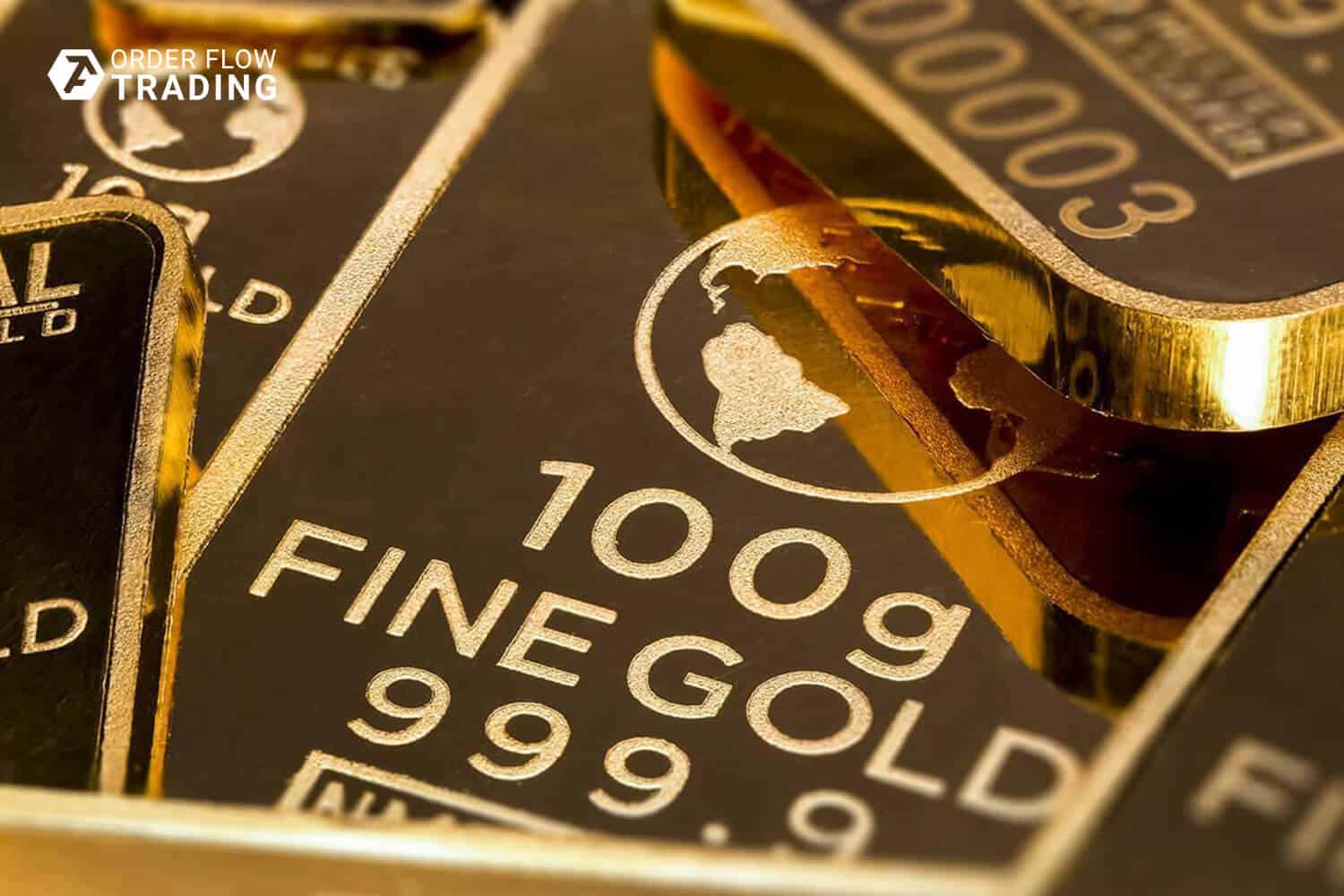Commodities
Gold futures analysis: goes up in price after statistics from the U.S.

There is an interesting situation on the gold futures chart today. Gold prices are rising Thursday evening, investors paid attention to data on a decline in U.S. GDP for the second quarter in a row, according to trading data.
We bring to your attention gold futures analysis. The price of August gold futures on the New York Comex Exchange rose $32.6, or 1.9%, to $1,751.7 a troy ounce. September silver futures went up 6.44% to $19,797 an ounce.
Traders paid attention to the unexpected data on the U.S. economy’s decline in the second quarter. According to the Department of Commerce, according to the first estimate, the index fell by 0.9% on an annualized basis (if GDP had been growing at the same rate for four straight quarters) after a 1.6% decline in the first quarter, though a 0.5% growth was expected. Such statistics increased fears of a possible recession, which supported the demand for traditionally more reliable gold.
Gold futures august 2022 have good forecasts. Markets continue to pay attention to the outcome of the U.S. Federal Reserve System (Fed) meeting. On Wednesday, the U.S. Federal Reserve expectedly raised its key rate by 75 basis points, to 2.25-2.5% per annum. The regulator noted that a further increase in the target rate range would be appropriate.
At the same time, investors paid attention to the comments of the Head of The Regulator, Jerome Powell, on the results of the meeting. Powell noted that the Fed’s rate decisions would depend on incoming economic data, which strengthened markets’ expectations for a weaker hike in September.
“Because of Powell’s comments, we can expect the Fed to start to turn toward slower hikes,” MarketWatch quoted TDSecurities Head of Commodity Strategy Daniel Ghali as saying. The regulator raised rates by 25 basis points in March, 50 basis points in May and 75 basis points in June and July.
A trader who has a position in gold futures today has a chance to earn good money, if he correctly analyzes the market situation.
Commodities
Oil prices rise; U.S. crude inventories plunge, Russia-Ukraine truce eyed
Commodities
India’s Reliance to stop buying Venezuelan oil over US tariffs, sources say
Commodities
Oil prices climb on Venezuela supply worries

 Forex3 years ago
Forex3 years agoForex Today: the dollar is gaining strength amid gloomy sentiment at the start of the Fed’s week

 Forex3 years ago
Forex3 years agoUnbiased review of Pocket Option broker

 Forex3 years ago
Forex3 years agoDollar to pound sterling exchange rate today: Pound plummeted to its lowest since 1985

 Forex3 years ago
Forex3 years agoHow is the Australian dollar doing today?

 Cryptocurrency3 years ago
Cryptocurrency3 years agoWhat happened in the crypto market – current events today

 World3 years ago
World3 years agoWhy are modern video games an art form?

 Commodities3 years ago
Commodities3 years agoCopper continues to fall in price on expectations of lower demand in China

 Economy3 years ago
Economy3 years agoCrude oil tankers double in price due to EU anti-Russian sanctions

























